Emergency Lighting Design Guide
Step 1
Identify mandatory “Points of Emphasis” for the positioning of luminaires, examples as follows:
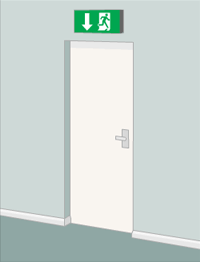

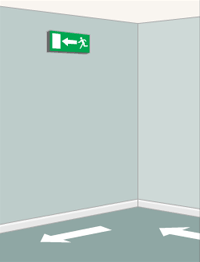
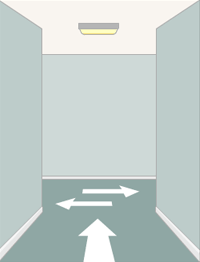
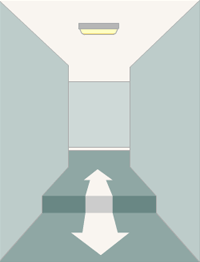

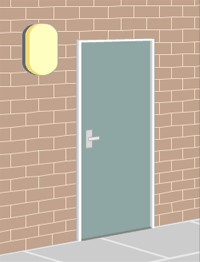
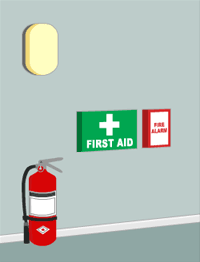
Step 2
Ensure that the exit signs are the correct format and size
Signs which are provided at all exits intended to be used in an emergency and along escape routes shall be illuminated to indicate unambiguously the route of
escape to a point of safety. Where direct sight of an emergency exit is not possible, an illuminated directional sign (or series of signs) shall be provided to assist
progression towards the emergency exit.
Please note sign formats should not be mixed.

BS2560: 1975
Old-style signs now obsolete. Should have been replaced by December 1998

BS 5499 Pt 1
Acceptable but not recommended

European Signs Directive Format
This came into force on 1st April 1996
Maximum viewing distance:
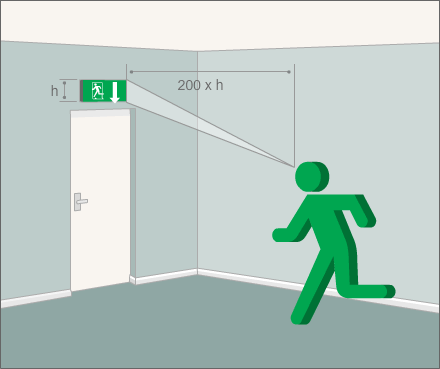

Step 3
Locate emergency luminaires at the following essential areas:
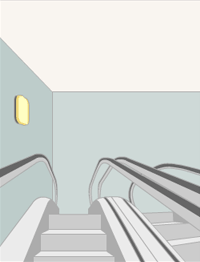
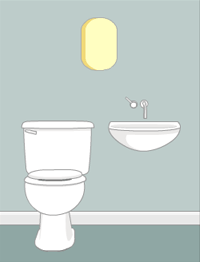

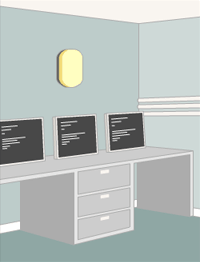
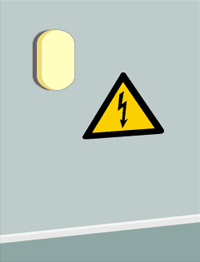
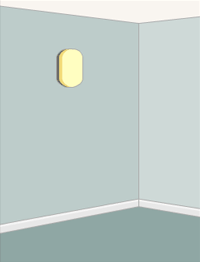
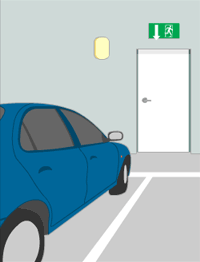
Step 4
When points of emphasis and essential areas are covered it is necessary to provide additional luminaires to ensure that the minimum illuminance level of 1 lux
is achieved anywhere on the centre line of an escape route. A uniformity ratio of 40:1 maximum to minimum must not be exceeded.
Please note: The UK has an “A deviation” which continues to allow a 0.2 lux minimum value for routes that are permanently unobstructed.

Step 5
For open (anti-panic) core areas larger than 60 square metres with an escape route passing through them a minimum lighting level of 0.5 lux should be provided.
This excludes a 0.5 metre perimeter of the area
Example of Design System
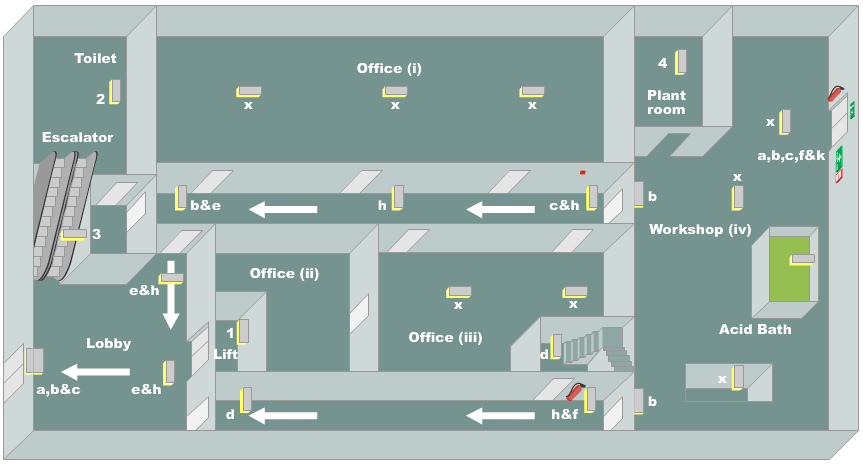
STEP 1
Locate luminaires at points of emphasis on escape routes.
- At each exit door (A)
- Illuminate exit and safety signs (B)
- Near call points (C)
- Near each staircase (D)
- Change of direction (E)
- Near fire fighting equipment (F)
- Change of floor level (G)
- Near intersections of escape routes (H)
- Outside final exits (I)
- Near first aid points (K)
STEP 2
Check that the maximum viewing distances of the exit signs are not exceeded. Please note that for cinemas and theatres signs must be permanently
illuminated whilst the building is occupied.
STEP 3
Identify additional areas that require emergency lighting.
- Lift cars (1)
- Toilets greater than 8 square metres (2)
- Escalators (3)
- Motor generators, control and plant rooms (4)
- High risk areas (5)
STEP 4
Check to ensure that minimum luminance levels are achieved on the escape routes.
STEP 5
Check to that open areas greater than 60 square metres have a minimum luminance level of 0.5 lux. (X)
The information above is intended as guidance in meeting the design requirements of BS 5266 Part 7: 1999.
It is important to check with the relevant local authority as some may impose additional requirements.
